Magnat RV4 Test
The discussion as to whether tube or transistor amplifiers sound better has been going on in hi-fi for almost as long as the two principles have been competing with each other. The tube amplifiers are generally considered to have a stronger timbre and sound more natural, the transistor amps usually have much more power - which unfortunately is still required by most of the loudspeakers on the market today. So a few manufacturers cleverly combine tubes and transistors into a so-called hybrid amplifier, in which the tubes take over the preamp part and transistors in the power amp ensure sufficient power and in this way try to combine the best of both worlds. Just like the amplifiers from the Italian noble manufacturer Unico. Or like the Magnat RV4.
As the name suggests, the Magnat RV4 is the fourth in a ten-year-old gallery of amplifiers. The RV1 and RV2 predecessors were excellent (and underrated) "real" tube amps.
But with their almost 50 watts per channel, they were probably not powerful enough for the models from their own house (Magnat and Heco). Performance is no longer an issue with the hybrid concept (from RV3). The RV3 had a good 250 watts per channel, the Magnat RV4 still has 150.
The technology of the Magnat RV4
I beg your pardon? A drop in performance during these times? "Exactly," says Shandro Fischer, the man behind everything that makes music at Voxx (parent company of Heco, Magnat, and Oehlbach). “With the RV3, we felt there wasn't really a balance between performance and power supply. The sound lacked a bit of substance.”
This is why the Magnat RV4 has two fewer transistors (of the Sanken type) with the same power supply unit and therefore also has a lower output power. But, I can say that at this point: these 150 watts proved to be absolutely sufficient for all connected loudspeakers.
Which is not least due to the stately transformer. Because it is significantly higher than the rest of the electronics, Magnat product designer Helmut Thiele has created a striking look with curved heat sinks and a kind of central structure under which the said (encapsulated) toroidal transformer does its work in isolation.
The preamp section of the Magnat RV4 is based on the attractively presented E88CC tubes from Electro Harmonix. They come from Russian production and as SQ types even meet the strict military standard.
This is probably one of the reasons why Magnat speaks of 20,000 to 50,000 operating hours - that is more than most people listen to music intensively in their lifetime. The tube duo is pre-aged and then selected in pairs.
Apart from the special exterior, the Magnat RV4 looks like a comparatively normal amplifier. However, two special features catch the eye on the back: On the one hand, there are separate phono preamplifiers for Phono MM and MC.
Even that is extraordinary nowadays. And Magnat got help from Fink Audio Consulting for the development of these analogue stages , where Walter Fuchs (formerly SAC) is in charge of electronics development. Fuchs is a proven analog expert and so here is - somewhat surprisingly - a real analog darling.
We listened to some of the turntables for around 2,000 euros ( Elac Miracord 90 , Rega Planar 6 , Technics SL 1200GR ) on it and judged it: the RV4 showed all the subtleties and character differences of the three very different drive/pickup combinations.
Secondly, there is the short antenna on the back - an indication of the (wireless) Bluetooth capability. Here, too, Magnat has gone to great lengths and found the most uncompromising solution imaginable: with the current Qualcomm chip and aptX technology, which guarantees playback almost at CD level.
That's right: that's in almost every brochure. But I had the Magnat RV4 in the office for several weeks and I have to say that Bluetooth from my computer has never sounded so good.
In addition to phono and Bluetooth playback, the Magnat RV4 also offers four analog high-level inputs (cinch) and two digital inputs (1 x coax, 1 x optical). So the RV4 also has a built-in DAC.
The Burr-Brown converter module can process signals up to 24/192 kilohertz. This is not record-breaking, but absolutely practical: Which HiRes music file actually comes in a higher resolution? (And if you do, do you still hear it?)
One last point in the list of features has to be ticked off: the remote control: It has only a few functions, but in its solid metal housing it looks exactly right for the extremely solid fortress appearance of the RV4.
The hearing test
Much has already been said about the performance above. Starting with our very efficient reference, the Wolf by Langa Chicago , up to the small Dynaudio Excite X18, we had connected and tried out many loudspeakers. There has never been a lack of performance.
The Magnat RV4 is a rather warm-sounding, calm-playing contemporary, but - unlike many other amplifiers that go in this direction - shows a pleasant amount of control and emphasis in the bass.
In the first listening test, the Magnat had to compete against the Atoll IN 300 . The Frenchman has been something of a reference in this class since its test in July 2017 and sounds almost like an alternative to the Magnat RV4: incredibly lively, "fast" and comparatively bright.
On Chicago , which also tended to be a bit lighter, most of the audience favored Magnat's hybrid, even though the Atoll had a lot more to offer in terms of energy and resolution.
The RV4 had voices like Tori Amos on Native Invader had a richer and more pleasing tone, even at very high levels, and the room stayed spacious.
A second integrated amplifier, the Exposure 3010 S2D , which has long been tried and tested at LowBeats , made the decision a bit more difficult.
The tonally more down-to-earth Briton played more energetically and pointedly on the Chicago . He also didn't quite have the sonorous timbre of the Magnat RV4 with voices and strings, but seemed a bit livelier and more natural.
In a direct comparison, the Magnat RV4 is the velvet paw, the Exposure is the leather one. Even if my personal taste prefers something lively and tangible, I can definitely appreciate the discreet, calm, full-bodied pace of the Magnat.
Its sound orientation is a sensible and majority-capable offer that makes a lot of sense and desire to listen to music for a long time in a modern, hardly dampened living room. However, for the combination with the Magnat RV4, I would recommend loudspeakers that have a somewhat more researched and robust sound.
With the Dynaudio Excite X 18 , which also played very calmly, the performance was almost a bit too subtle. With the models of the Magnat Quantum 720 series , on the other hand, there was a nice balance of liveliness and serenity. The combination with the Heco Direkt Zweiklang also worked perfectly.
Conclusion
Despite the reduction in performance, Magnat's new hybrid amplifier is still a power pack - which now sounds more substantial and full-bodied than its predecessor. But the sound alone is not the deciding factor here; there are offers in this price range that sound even more airy and dynamic.
With the Magnat RV4, it's the overall package that counts: the special look, the solid workmanship, the full equipment with an outstanding phono stage and outstanding Bluetooth access.


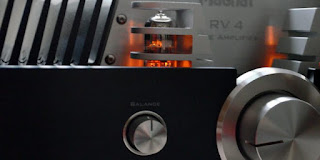
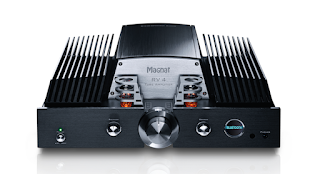
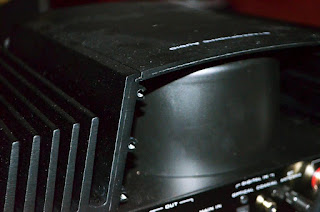
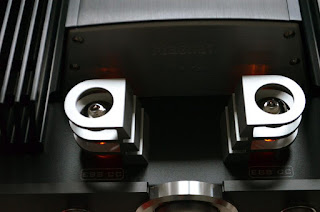


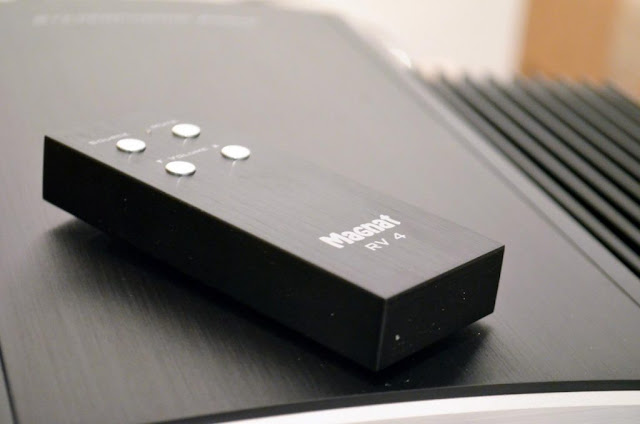








.jpg)


.jpg)



0 Comments